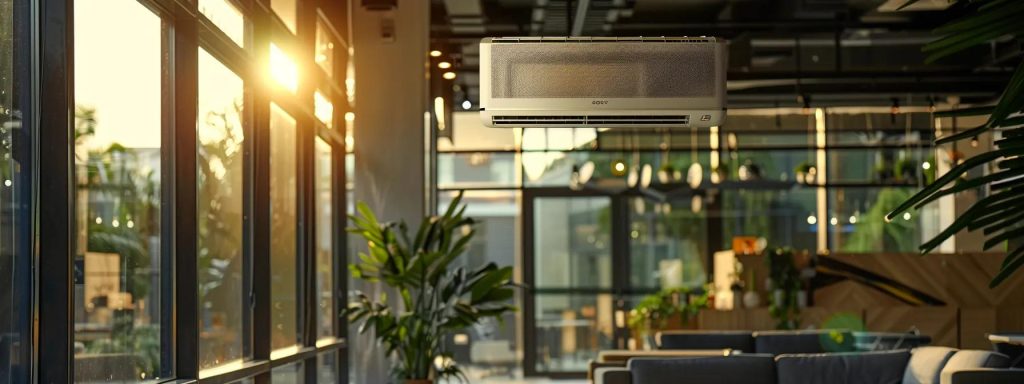
Table Of Contents:
- Summer Heat Is Coming: Is Your AC Unit Up to Speed?
- Assess the Performance of Your Air Conditioning Unit This Summer
- Perform Essential Maintenance Tasks for Your AC Unit
- Consider Upgrading Your AC System for Optimal Efficiency
- Understand How to Set the Thermostat for Maximum Comfort
- Hire a Professional for Comprehensive AC Inspections
- Keep Your Home Cool With Additional Strategies Beyond AC
- Conclusion
- Frequently Asked Questions
Summer Heat Is Coming: Is Your AC Unit Up to Speed?
As summer approaches and soaring temperatures become the norm, homeowners increasingly face one of the most critical challenges in maintaining comfort indoors: ensuring that their air conditioning unit is performing at its peak. Inefficiencies such as an air conditioner not blowing cold air or erratic thermostat readouts can leave a home uncomfortably warm and drive up energy costs. Homeowners in regions with variable climates, along with those managing central air conditioning systems, often notice symptomatic issues like poor indoor air quality, increased humidity, and uneven room temperatures. These issues are frequently linked to underlying problems with components such as the heat exchanger, furnace exchange, compressor, or simple maintenance oversights like a clogged air filter.
Proper evaluation of your unit’s cooling capacity and electrical wiring, coupled with regular checkups by a professional hvactechnician or expert air conditioning repair service, is essential. The efficiency of your cooling system can largely depend on factors from how long the unit has been in service to whether essential components like refrigerant levels and duct insulation are well maintained. By understanding and identifying these factors early, homeowners can prevent small issues from escalating into costly repairs or complete system failures. This article will walk you through assessing your AC unit’s current performance, performing essential maintenance tasks, considering system upgrades, and employing additional strategies beyond traditional air conditioning services. Ultimately, with a systematic approach to troubleshooting issues such as an ac unit not working or my ac is not blowing cold air, you can improve overall performance and energy efficiency, keeping your home cool and comfortable all summer long.
Transitioning now to the detailed steps, let’s explore how to assess, maintain, upgrade, and optimize your air conditioning unit, ensuring it meets the demands of the upcoming heat wave.
Assess the Performance of Your Air Conditioning Unit This Summer
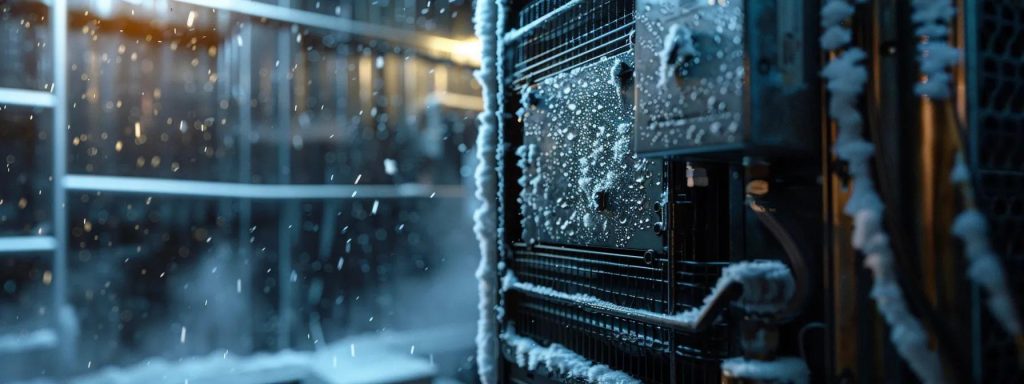
The first step in preparing for the summer heat is to assess how well your current AC unit performs. Homeowners should start by identifying clear signs that their system might be underperforming. When an air conditioner is not blowing cold air, it may be due to a range of issues including a failing compressor, refrigerant leaks, or even simple problems like a clogged air filter. Common signs to look for include unexpected increases in energy bills, uneven cooling throughout your home, and unusual noise levels like high decibels during operation. These early warning signs can indicate that your unit’s cooling capacity is compromised, making it harder to achieve the desired room temperature.
Identifying Common Signs of an Underperforming AC Unit is crucial. For instance, if the air coming from the vents seems warmer than expected or if the unit cycles on and off intermittently, these may be direct symptoms of inefficiencies in the heat exchanger or a potential general malfunction. Additionally, if you notice ice formation around the evaporator coil, this is a sign that your system’s refrigerant might be low or that there is an airflow problem, often caused by dirty filters or blocked ducts.
Check the Age and Efficiency Level of Your AC System is another important aspect. Air conditioners typically have a lifespan of 10–15 years. Older units might not utilize technology such as smart thermostats or energy-efficient compressors, resulting in reduced cooling performance and higher operational costs. Owners should consider both the physical condition of the unit and its Energy Star rating as measures of efficiency.
Understanding How Proper Maintenance Affects Performance is also essential. Routine cleaning, timely lubricating of moving parts, and strict adherence to a maintenance schedule can prevent common issues and prolong the lifespan of your unit. Homeowners should always ensure that electrical wiring and connections are inspected to avoid potential hazards and to maintain the integrity of the backup check system.
Key Takeaways: – Recognize early warning signs like poor airflow and unusual noises. – Determine the age of the system to evaluate if a replacement is necessary. – Routine maintenance and timely inspections directly impact cooling capacity and overall efficiency.
Perform Essential Maintenance Tasks for Your AC Unit
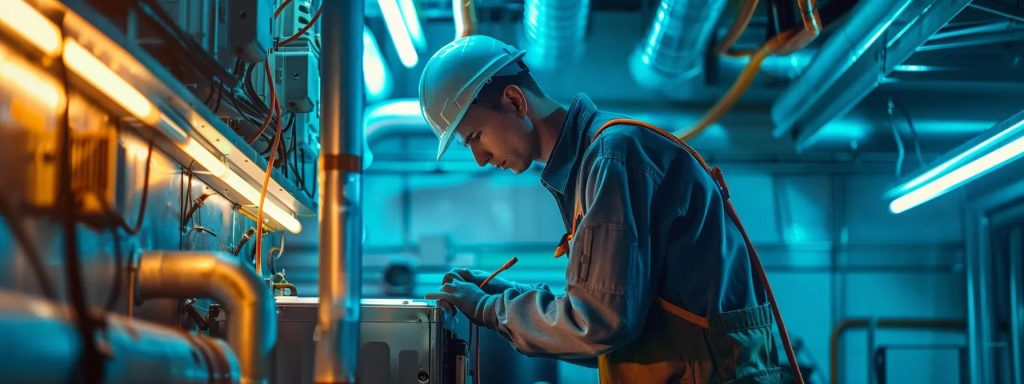
To keep your AC unit operating effectively throughout the summer, it is important to perform essential maintenance tasks. Regular and thorough maintenance not only improves the cooling capacity of your air conditioning system but also prevents issues such as electrical wiring faults and refrigerant leaks. By addressing these factors early, homeowners can ensure that their system doesn’t devolve into a situation where the air conditioner does not cool at all.
Clean or Replace Air Filters Regularly to Maintain Airflow is perhaps the simplest and most impactful maintenance task. Air filters block large particles from entering your system and, over time, become clogged with dust, pollen, and debris. This not only hinders airflow but also reduces your unit’s cooling efficiency, causing operational strain on the compressor and potentially leading to higher decibel levels during operation. Regular filter replacement or cleaning, as per manufacturer recommendations, ensures optimal airflow and supports proper heat exchange.
Inspect and Clean the Outdoor Condenser Unit is equally important. The condenser is responsible for releasing the heat absorbed from your home into the outdoor environment. If the outdoor unit is obstructed by dirt, leaves, or other debris, its performance is significantly reduced. Routine visual inspections and cleaning of the fins can help maintain proper temperature discharge, ultimately keeping the indoor climate regulated and reducing the risk of issues like refrigerant leaks—which might lead to an ac unit not working as expected.
Check for Any Leaks in Ducts That Might Reduce Efficiency is another vital task. Leaks, holes, or gaps in the ductwork significantly affect how cooled air is distributed throughout your home, leading to areas of uneven temperature. Sealing these leaks not only improves comfort but also optimizes energy use and lowers overall utility bills. Detecting small leaks early on, which might be facilitated by specialized tools or professional leak detection services, can prevent further efficiency losses.
In addition, consistent examination of electrical wiring and routine checks of the thermostat ensure that your system’s electronic controls remain accurate and reliable. Proper maintenance minimizes the chances of sudden breakdowns, thereby helping avoid costly emergency repairs.
Key Takeaways: – Replace or clean air filters frequently to ensure optimal airflow. – Keep the outdoor condenser unit free from obstructions for effective heat exchange. – Seal duct leaks to maximize cooling efficiency and reduce energy cost.
Consider Upgrading Your AC System for Optimal Efficiency

Even with rigorous maintenance, aging air conditioning systems may eventually fall short in meeting the cooling demands of a modern home. Upgrading your AC system can provide considerable improvements in energy efficiency, cooling capacity, and overall performance. With technology evolving rapidly, energy-efficient models now offer lower operating costs, higher SEER ratings, and enhanced features to manage indoor air quality.
Evaluate Energy-Efficient Models on the Market Today is a crucial step. Modern systems often boast advanced features such as variable speed compressors that adjust cooling output based on real-time room temperature data. These systems not only reduce energy consumption but also maintain temperature consistency while producing less noise. Research studies have indicated that upgrading to an energy-efficient unit can result in savings of up to 30% on energy bills over a five-year period (Energy Star, 2021: https://www.energystar.gov). In addition, enhanced cooling capacity and improved refrigerant efficiency ensure that your system performs optimally under heavy summer loads.
Learn About the Benefits of Smart AC Technology is equally worthwhile. Many new systems come equipped with smart thermostats and home automation integration, allowing homeowners to fine-tune their indoor environment from their smartphones or voice-controlled devices. These technologies facilitate remote monitoring and predictive maintenance, rendering it easier to detect issues like refrigerant leaks or inefficient ductwork before they become significant problems. Furthermore, smart AC technology enables features like cooling scheduling and adaptive cooling based on occupancy, ensuring that energy is only consumed when necessary.
Calculate Potential Savings With Newer AC Units by comparing the energy consumption and efficiency ratings of your current system with available models. Tools provided by manufacturers and HVAC professionals can help quantify these savings. The upfront cost of a new system is often offset by substantial energy rebates, tax incentives, and reduced maintenance expenses over time. For example, companies like Daikin and Carrier offer rebate programs that help defray the initial investment costs while providing long-term benefits in reduced energy consumption.
Upgrading may also be necessary when the unit’s age results in outdated components or when parts are no longer readily available, making repairs inefficient. Considering the performance risks associated with systems that face issues such as my ac is not blowing cold air, investing in a new, energy-efficient model might provide both peace of mind and improved home comfort.
Key Takeaways: – New energy-efficient models reduce energy consumption and operational costs. – Smart AC technology offers enhanced control and remote monitoring. – Upgrading can improve performance reliability and qualify for rebates and tax incentives.
Understand How to Set the Thermostat for Maximum Comfort
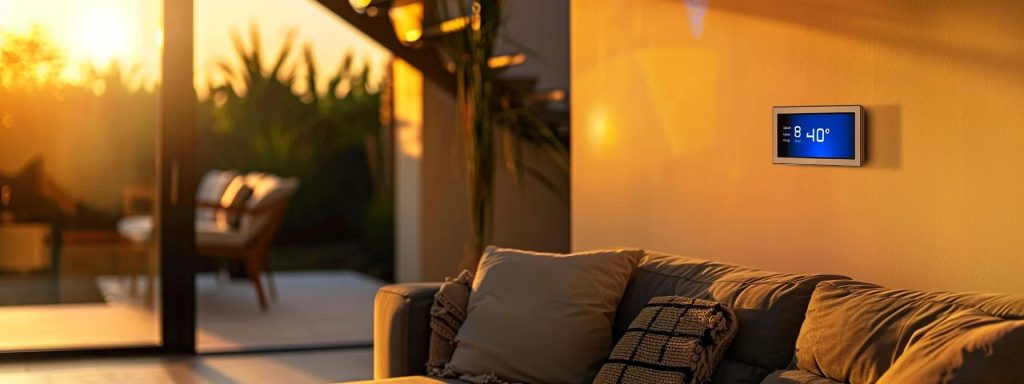
Adjusting your thermostat correctly is essential to achieving peak comfort and efficient energy use during the hottest days of summer. The thermostat is the nerve center of your AC system, and setting it optimally can significantly impact both indoor climate control and energy bills. Integrating the right temperature settings with advanced features like programmable timers can ensure that your air conditioner operates only when needed, reducing unnecessary strain on the system.
Find the Ideal Temperature Settings for Summer by considering factors such as indoor humidity, external climate, and personal comfort levels. For most households, setting the thermostat between 74°F and 78°F can balance comfort with energy efficiency. This range allows the system to maintain a cool indoor environment without overburdening the compressor or increasing the risk of issues like an air conditioner does not cool properly due to high demand. Experimenting with slight variations may help tailor the settings to individual needs.
Explore Programmable Thermostat Features for Convenience to take full advantage of modern HVAC controls. Programmable or smart thermostats permit scheduling temperature adjustments based on time of day or occupancy patterns. By pre-cooling the home before occupancy and allowing the temperature to rise during periods when no one is home, the system minimizes unnecessary cooling cycles. This not only enhances overall energy performance but also extends the life of critical system components like the compressor and heat exchanger.
Learn How to Adjust Settings Based on Occupancy is also crucial. Homes with multiple zones or rooms might benefit from a thermostat that can independently regulate temperatures in different areas. For instance, using occupancy sensors to trigger cooling in heavily used rooms and reduce airflow in unoccupied spaces can prevent energy wastage and avoid overworking the system. This approach is particularly useful when troubleshooting issues like intermittent warm air output, ensuring that the unit delivers consistent performance across all zones.
Furthermore, regular calibration and reassessment of your thermostat settings can prevent common problems where the ac unit operates inefficiently due to outdated presets or manual override errors. With a well-timed, intelligently programmed system, homeowners can avoid scenarios where their ac unit is not blowing cold air consistently and maintain an optimal indoor climate throughout the summer.
Key Takeaways: – Optimal temperature settings help balance comfort and energy efficiency. – Programmable thermostats offer scheduling features for automated climate control. – Adjusting settings based on room occupancy can prevent energy waste and enhance performance.
Hire a Professional for Comprehensive AC Inspections
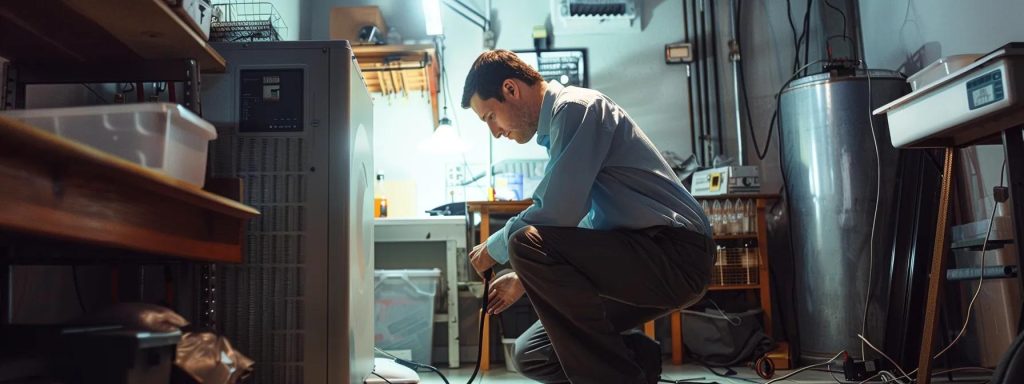
While some homeowners can perform basic maintenance tasks themselves, there comes a point when hiring a professional becomes necessary. Professional HVAC technicians have the skills, tools, and experience required to diagnose and repair complex issues. These include problems with electrical wiring, refrigerant leaks, or complications involving the compressor that might be causing your air conditioner not blowing cold air.
Research Local HVAC Professionals for Reliable Service is the first step in ensuring you get quality work. Homeowners should gather referrals from neighbors or online reviews and verify the credentials and certifications of local service providers. It is also important to ensure that the contractor performs a thorough background check and is licensed, insured, and bonded. Reputable professionals often provide transparent pricing along with detailed estimates before commencing work. This ensures that you have a clear understanding of potential costs and repair timelines.
Understand What to Expect During a Professional Inspection by familiarizing yourself with common diagnostic procedures. During a comprehensive inspection, technicians will typically check the condenser and evaporator coils for debris, inspect electrical wiring, evaluate the refrigerant levels using precise gauges, and test the operation of the thermostat. A detailed review of the ductwork is also performed, particularly where ac unit not cooling issues are suspected. Ensemble data from diagnostic tools and visual assessments help professionals determine whether the system requires a minor repair, a part replacement, or a complete upgrade.
Ask Key Questions to Ensure Quality Service. When the technician arrives, homeowners should ask about the recommended maintenance frequency, potential upgrades that might improve efficiency, and options to reduce energy consumption. Questions regarding warranties, available rebates, and financing options for new installations are also valuable. Establishing clear communication with the technician ensures that all concerns are addressed, and that unexpected costs or delays are minimized.
Professionals may also provide energy consumption reports that compare your system’s performance with industry standards. This allows you to better understand if your unit’s cooling capacity aligns with its rated specifications. Hiring qualified experts not only enhances efficiency but also increases operational safety and reliability during prolonged periods of high demand.
Key Takeaways: – Research and hire reputable, certified HVAC professionals for thorough inspections. – A comprehensive inspection addresses complex issues that DIY maintenance might miss. – Clear communication regarding service standards and costs ensures transparent repairs and optimal system performance.
Keep Your Home Cool With Additional Strategies Beyond AC
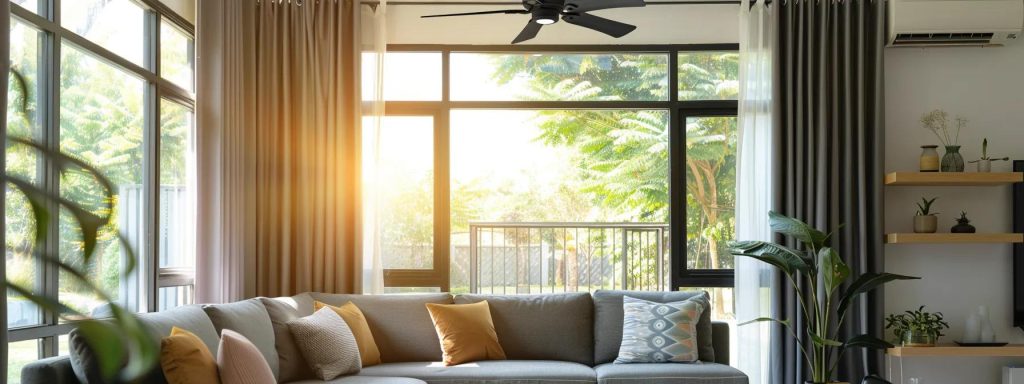
While a well-maintained and upgraded AC system forms the backbone of home cooling, additional strategies can enhance indoor comfort during the sweltering summer months. Homeowners can adopt techniques to optimize airflow, block excess heat, and create a more uniformly cool living environment. Incorporating complementary cooling strategies can not only ease the load on your central air conditioning system but also provide cost-effective methods to maintain a pleasant indoor climate.
Utilize Fans for Improved Air Circulation in Your Space is one of the simplest strategies to enhance cooling. Ceiling fans, stand-alone units, or even strategically placed window fans can help circulate cool air more effectively, reduce hot spots, and create a wind-chill effect that makes the temperature feel lower. Fans also draw fresh indoor air and help dissipate the heat that builds up near air vents, alleviating stress on the compressor of the AC unit. Many energy experts suggest using fans in conjunction with air conditioning to promote efficient cooling and reduced energy consumption.
Implement Window Treatments to Block Heat From Outside is another effective step. Utilizing blackout curtains, reflective blinds, or UV-blocking window films can prevent the sun’s rays from penetrating indoor spaces, thereby reducing the cooling load on your system. When windows are well insulated with these treatments, less heat enters your home, and your AC does not need to work as hard. This is particularly beneficial during the peak heat of the afternoon, when solar gain is at its maximum. Some studies have shown that proper window treatments can reduce indoor temperatures by up to 5°F, significantly easing the strain on the cooling system.
Seal Windows and Doors to Enhance Indoor Cooling is equally important. Gaps and drafts around windows and doors can allow cooled air to escape and warm air to infiltrate, rendering your AC system less effective. Addressing these leaks with weather stripping, caulking, or even upgrading to energy-efficient windows ensures that your home remains a closed system. This not only improves cooling efficiency but also decreases energy loss, leading to lower utility bills. Homeowners should conduct a thorough assessment during seasonal transitions to identify any vulnerabilities where conditioned air might escape.
Additionally, homeowners may consider installing a whole-house attic fan or employing evaporative cooling methods in appropriate climates. These solutions work in tandem with a properly functioning AC unit to distribute cool air more evenly and maintain a stable indoor climate. Employing multiple strategies together creates a synergistic effect that improves overall comfort. Whether you’re dealing with an occasional issue such as an air conditioner not blowing cold air consistently or planning for long-term energy savings, combining these strategies can yield significant benefits over time.
Key Takeaways: – Enhance airflow with strategically used fans to complement your AC. – Use window treatments like blackout curtains to block solar heat. – Seal leaks to prevent cool air loss and maximize overall cooling efficiency.
Conclusion
In conclusion, as summer heat intensifies, ensuring your AC unit operates efficiently is essential for maintaining indoor comfort and reducing energy costs. From assessing performance indicators—such as signs of poor airflow, a deteriorating compressor, or uneven cooling—to implementing routine maintenance tasks that address common HVAC challenges, homeowners can make informed decisions to optimize their systems. Upgrading to modern, energy-efficient models and setting the thermostat intelligently are further steps that deliver significant improvements in both comfort and efficiency. Finally, hiring certified HVAC professionals guarantees that any complex issues are diagnosed and resolved, while additional cooling strategies serve as practical supplements to your central AC system. Staying proactive about these measures will help safeguard your home against the summer swelter while ensuring that every cooling component operates at its best.
Frequently Asked Questions
Q: Why is my air conditioner not blowing cold air? A: This issue can be due to a variety of factors including a clogged air filter, low refrigerant levels, or failing components like the compressor. Regular maintenance and professional troubleshooting can help identify and resolve the problem.
Q: How often should air filters be replaced or cleaned? A: Air filters should typically be inspected monthly and replaced or cleaned every 1–3 months, depending on usage and environmental factors such as dust or pollen. This helps maintain optimal airflow and cooling efficiency.
Q: What are the benefits of upgrading to an energy-efficient AC unit? A: Upgraded units feature advanced technology that improves cooling capacity, reduces energy consumption, and lowers utility bills. Modern systems often come with smart thermostat integration and higher SEER ratings, which contribute to sustained energy savings.
Q: How can additional cooling strategies like fans help manage indoor temperatures? A: Fans improve air circulation, creating a wind-chill effect that makes the room feel cooler. They reduce reliance on the AC unit by helping distribute cool air evenly throughout the space, thereby increasing overall comfort.
Q: When should I consider hiring a professional HVACtechnician? A: If you notice persistent issues such as intermittent cooling, unusual noises, or sudden spikes in energy bills, it is advisable to hire a professional. Complex issues like refrigerant leaks or electrical wiring problems require expert diagnosis and repair to ensure safe and efficient operation.